| Introduction to CICS | |
| CICS concepts and terms | |
| An introduction to CICS | p. 4 |
| How CICS manages multiple users | p. 12 |
| CICS services | p. 16 |
| Introduction to CICS programming | |
| How a CICS program works | p. 26 |
| The specifications and BMS mapset for an inquiry program | p. 38 |
| The design and COBOL code for the inquiry program | p. 48 |
| The CICS commands used in the program | p. 60 |
| How to develop a CICS program | p. 66 |
| How to design, code, and test a CICS program | |
| How to design a CICS program | |
| The customer maintenance program | p. 74 |
| How to create an event/response chart | p. 78 |
| How to create a structure chart | p. 82 |
| How to create a BMS mapset | |
| How to design user-friendly screens | p. 92 |
| How attributes control the look and operation of a field | p. 96 |
| How to code BMS macros | p. 102 |
| The BMS mapset and symbolic map for the customer maintenance program | p. 116 |
| How to assemble a BMS mapset | p. 132 |
| How to code a CICS program | |
| How to control the execution of the programs within a task | p. 136 |
| How to work with mapsets | p. 148 |
| How to work with files | p. 152 |
| Other coding essentials | p. 164 |
| The customer maintenance program | p. 172 |
| How to test a CICS program | |
| Introduction to CICS program testing | p. 190 |
| How to test a program from the top down | p. 196 |
| How to use the CICS service transactions for testing | p. 204 |
| Other CICS programming essentials | |
| How to use temporary storage control | |
| Temporary storage queue concepts | p. 220 |
| How to work with temporary storage queues | p. 222 |
| A maintenance program that uses a temporary storage queue | p. 228 |
| Additional CICS commands and programming techniques | |
| Terminal handling techniques | p. 234 |
| How to handle unrecoverable errors | p. 254 |
| How to access data using the Linkage Section | p. 258 |
| How to format the date and time | p. 262 |
| How to debug a CICS abend | |
| CICS abend codes | p. 270 |
| How to use the Execution Diagnostics Facility | p. 274 |
| A complete CICS application | |
| A systems overview | |
| The system design for the sample application | p. 298 |
| Program control for the sample application | p. 300 |
| Resources for the sample application | p. 302 |
| Files for the sample application | p. 304 |
| The menu program | |
| The specifications for the menu program | p. 308 |
| The design for the menu program | p. 310 |
| The BMS mapset and symbolic map for the menu program | p. 312 |
| The COBOL code for the menu program | p. 316 |
| The maintenance program | |
| The specifications for the maintenance program | p. 324 |
| An event/response chart for the maintenance program | p. 328 |
| The structure chart for the maintenance program | p. 330 |
| The BMS mapset and symbolic map for the maintenance program | p. 332 |
| The COBOL code for the maintenance program | p. 340 |
| The order entry program | |
| The specifications for the order entry program | p. 354 |
| An event/response chart for the order entry program | p. 358 |
| The structure chart for the order entry program | p. 360 |
| The BMS mapset for the order entry program | p. 362 |
| The programmer-generated symbolic map for the order entry program | p. 366 |
| The COBOL code for the order entry program | p. 370 |
| The COBOL code for the GETINV subprogram | p. 386 |
| CICS for file and database processing | |
| How to process files sequentially | |
| How to use the browse commands | p. 392 |
| Two sample applications that do sequential processing | p. 406 |
| How to use VSAM alternate indexes | |
| Alternate indexing concepts | p. 438 |
| An enhanced customer inquiry program | p. 444 |
| How to use other file processing features | |
| How to use generic keys | p. 462 |
| How to use the MASSINSERT option of the WRITE command | p. 468 |
| How to use the TOKEN option of the file control commands | p. 470 |
| How to use shared data tables | p. 472 |
| How to work with DB2 databases | |
| CICS/DB2 concepts | p. 476 |
| The DB2 version of the customer inquiry program | p. 480 |
| CICS/DB2 programming considerations | p. 496 |
| Advanced CICS features and skills | |
| How to use other CICS control features | |
| How to use interval control | p. 502 |
| How to use task control | p. 512 |
| How to use storage control | p. 514 |
| How to use recovery processing | p. 518 |
| How to use CICS intercommunication features | |
| Intercommunication concepts | p. 526 |
| How transaction routing works | p. 532 |
| How function shipping works | p. 534 |
| How to use Distributed Program Link | p. 538 |
| Other intercommunication features | p. 542 |
| How to design, code, and test a modular CICS program | |
| Program design considerations | p. 550 |
| How to design a modular CICS program | p. 556 |
| How to code and test a modular CICS program | p. 566 |
| The customer maintenance program | p. 572 |
| Introduction to CICS Web programming | |
| CICS and the Internet | p. 594 |
| How to access CICS programs from a Web browser | p. 596 |
| What else a maintenance programmer needs to know | |
| How to use the HANDLE AID command | p. 606 |
| How to use the HANDLE CONDITION command | p. 610 |
| How to access Linkage Section data using BLL cells | p. 614 |
| How to use the LENGTH option | p. 616 |
| Table of Contents provided by Syndetics. All Rights Reserved. |





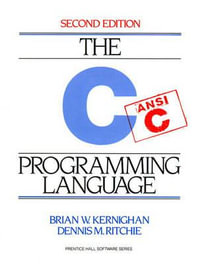

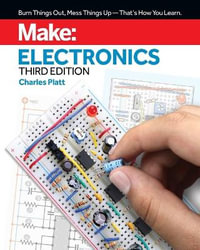

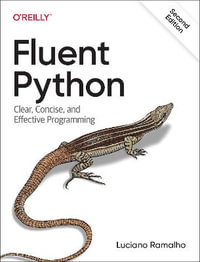
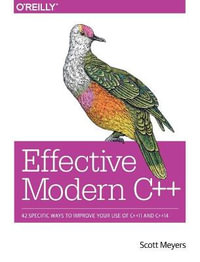






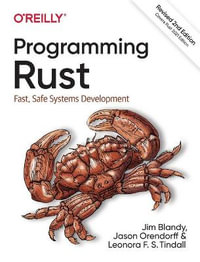
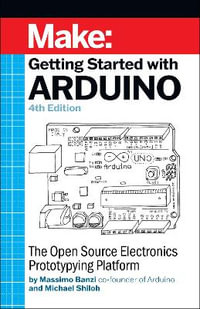


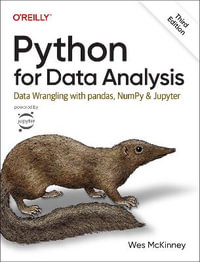

![Introduction to Java Programming and Data Structures, Comprehensive Version [Global Edition] : 12th Edition - Y. Liang](https://www.booktopia.com.au/covers/200/9781292402079/3378/introduction-to-java-programming-and-data-structures-comprehensive-version-global-edition-.jpg)
